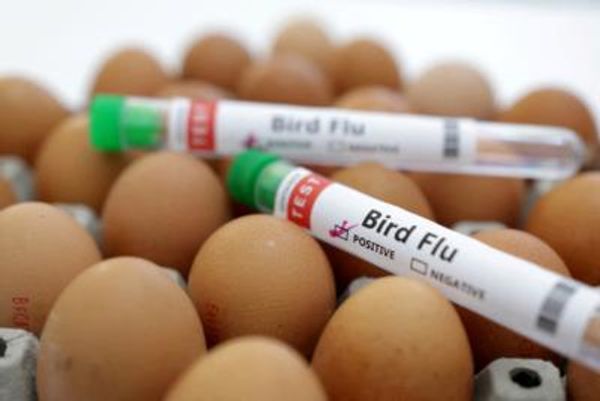
Children as young as 12 are being sold vapes illegally, according to new research from the Chartered Trading Standards Institute (tradingstandards.uk).
The study found that there has been a rise in illicit sales of vaping products – which are illegal for under-18s – by specialist shops and convenience stores over the past year, with more than 1.4 tonnes of illegal vapes seized in the last six months of 2022 in the north east of England alone.
“With a lot of our age-restricted product work on tobacco and cigarettes, fireworks and traditional vapes, we’re looking at sales to 16 and 17 year olds,” said David MacKenzie, chairman of the Society of Chief Officers of Trading Standards in Scotland.
“But we were getting good information that these are being sold to much younger children, or certainly finding their way into the hands of 12 and 13 year olds.”
There are also concerns that some products may be designed specifically to appeal to children and young people, with packaging and flavours emulating popular confectionery brands such as Skittles.
Why is vaping bad for children’s health?
“We could argue vaping doesn’t have the amount of toxins cigarettes have – up to 70 of these cause cancer – but vaping is not completely harmless,” says GP Dr Anita Raja (dranitaraja.com).
“It’s very important to protect your organs, especially your lungs and brain. Vaping can be particularly detrimental to people under the age of 18 who are still developing.”
Most vapes contain nicotine, which is highly addictive and can cause can cause an increase in blood pressure, heart rate, flow of blood to the heart and a narrowing of the arteries.
“It can become very difficult to get off the nicotine – so why would you want to be addicted at such a young age?” Raja asks.
The other problem with vaping is that experts don’t yet fully understand the long-term risks because it’s such a new phenomenon, she adds. “Let’s not forget when cigarettes were introduced many decades ago we didn’t know that they could cause cancers and long-term irreversible lung damage.”
How to talk to your children
“First up, learn about the facts of vaping yourself. Get information from a reliable source,” says parenting expert Liat Hughes Joshi, author of Help Your Child Cope with Change (liathughesjoshi.co.uk).
“So that when you do end up discussing this with your teenager you’re coming at it from a place of knowledge and you’ll feel more confident.”
The conversation could be tricky, so approach it calmly. She advises: “Choose your time in place carefully. Don’t pounce on your teenager when they’re in the middle of something or when they are stressed about an exam. Choose a time where you’re both feeling relatively relaxed.”
It may be tempting to lay down the law and set out strict punishments that will occur if you ever catch your child vaping, but a more gentle approach tends to be more effective.
“Instead of telling them not to, what you are much better doing is giving them that information about the real risks and the downsides of vaping, so that they can hopefully make a decision of their own which is the right decision,” Hughes Joshi says.
“It’s definitely worth talking to them about ideas around [peer pressure] and giving them the confidence to push back and say, ‘I don’t have to copy all my peers if they are vaping’.”
Similarly, if you know or suspect that your child has already vaped, try not to fly off the handle.
“Don’t automatically scold them,” says private GP Dr Suhail Hussain (drsuhailhussain.com). “Find out why they tried it, and then listen. Be understanding and informative, not angry and disappointed that they would do this in the first place.”
What about if you vape yourself but don’t want your child to follow suit? “We need to lead by example,” says Raja, who believes vaping should be used only as a way for adults to quit smoking.
“It is almost impossible to convince your children to not vape if they see you doing it. If you don’t want your child to vape, then you shouldn’t vape, or certainly not vape in front of them.”







